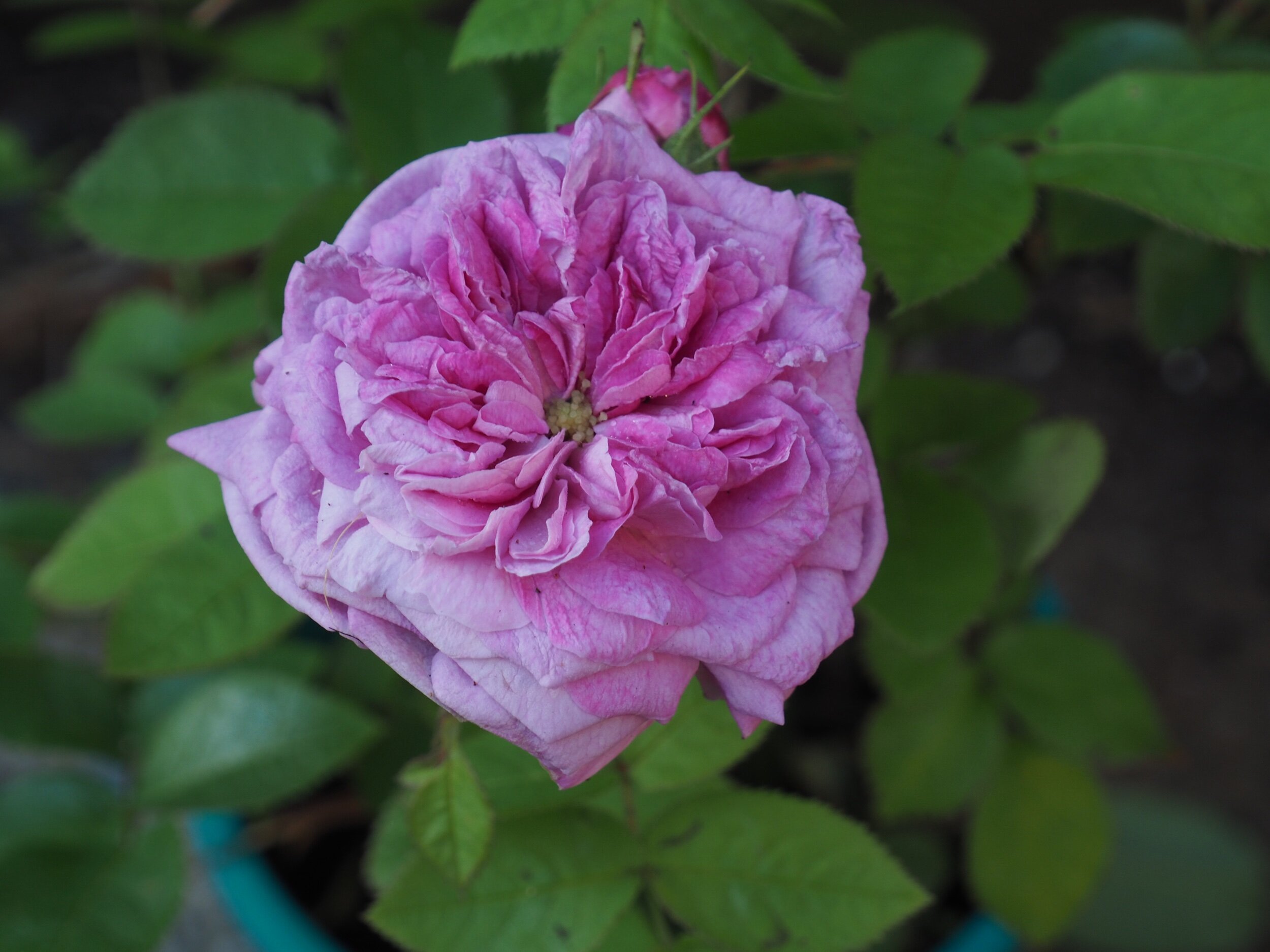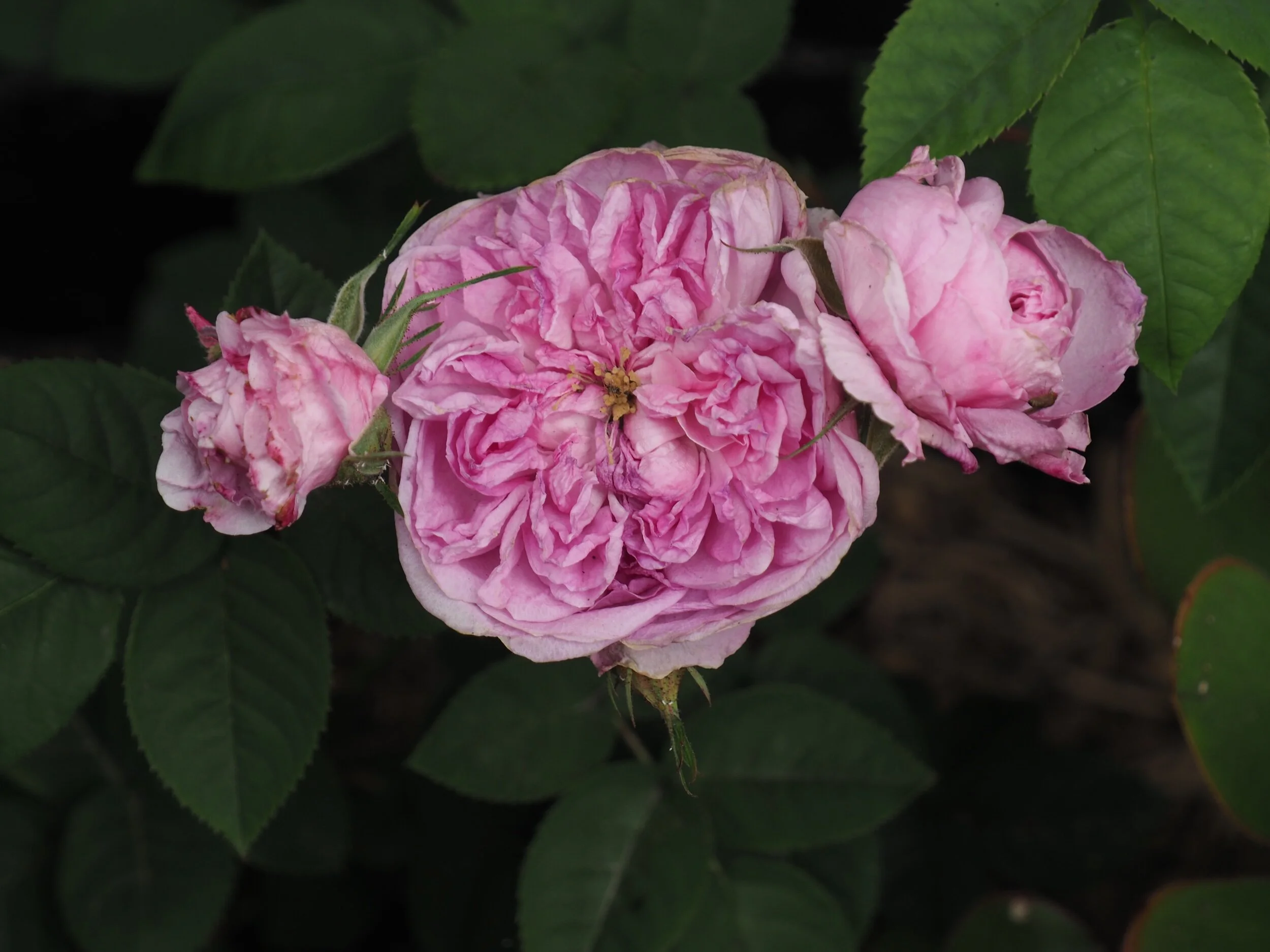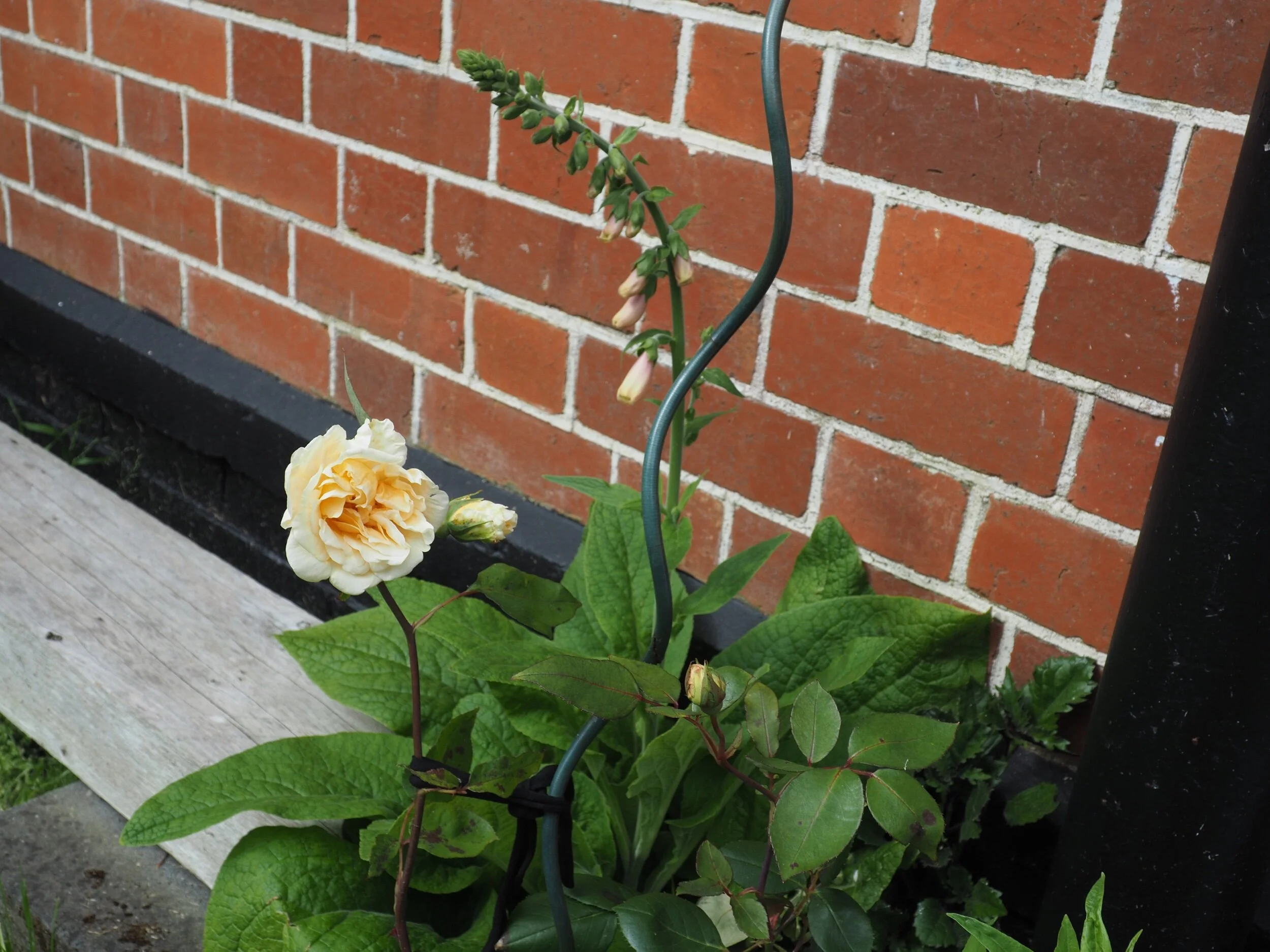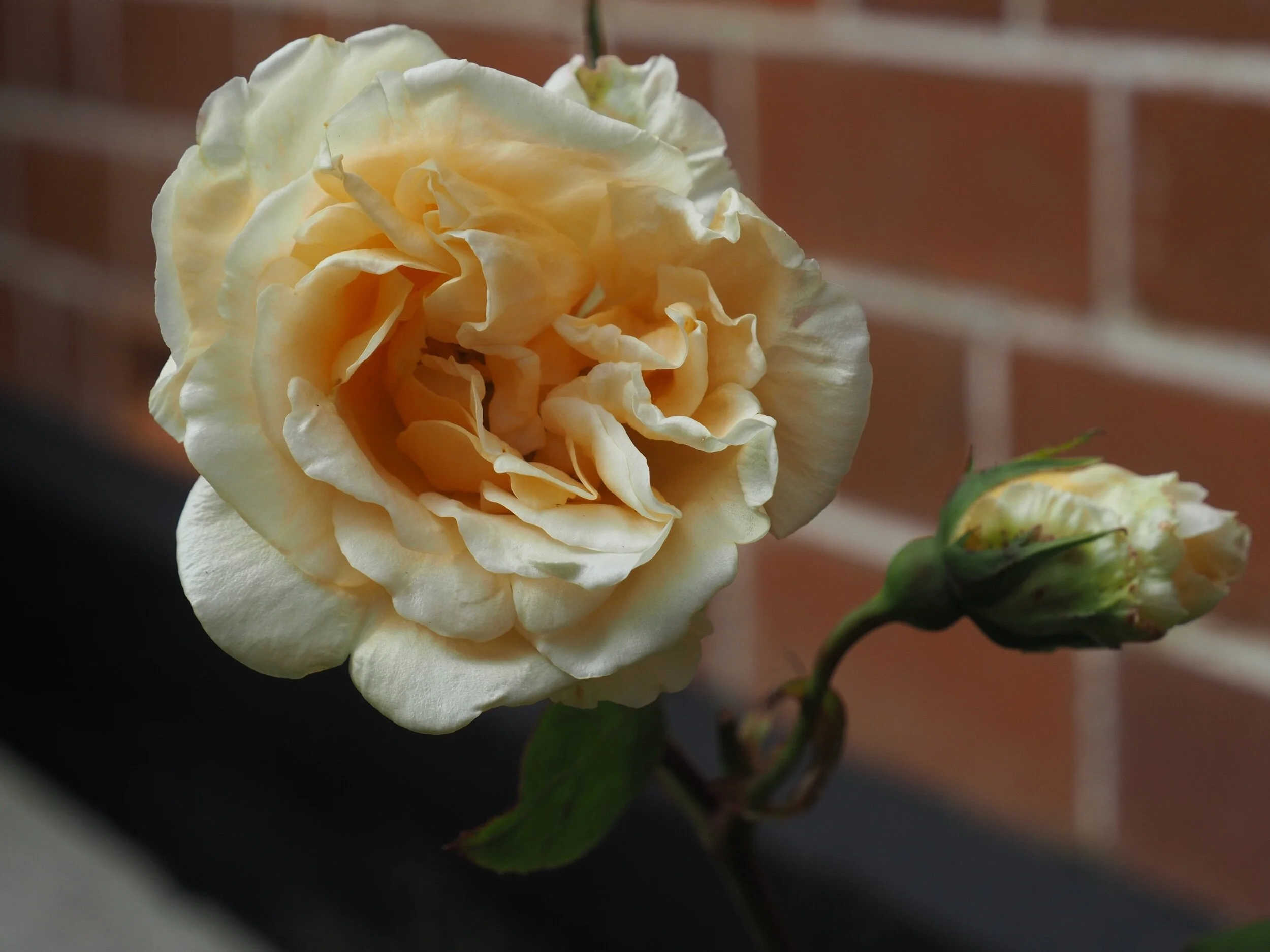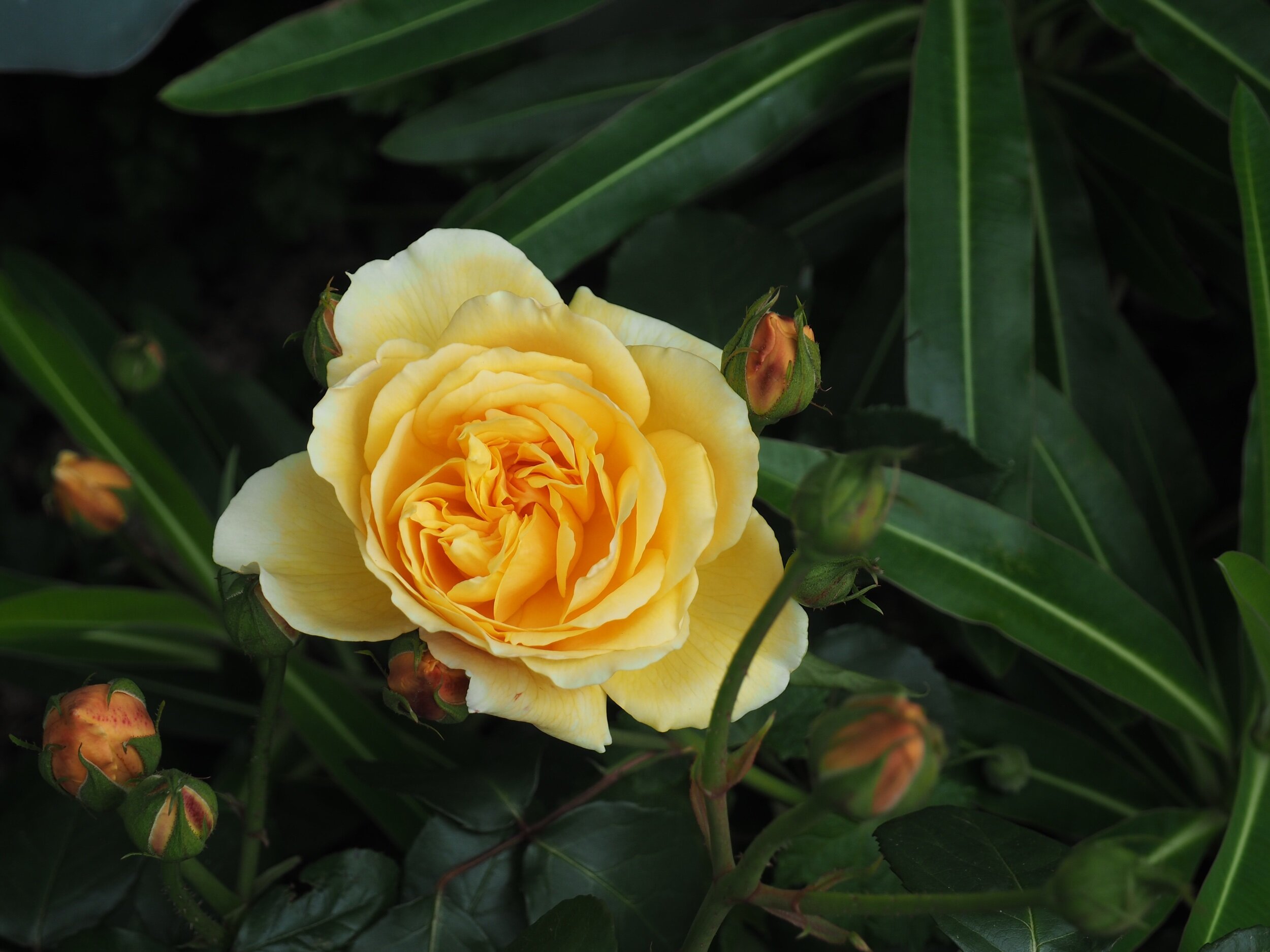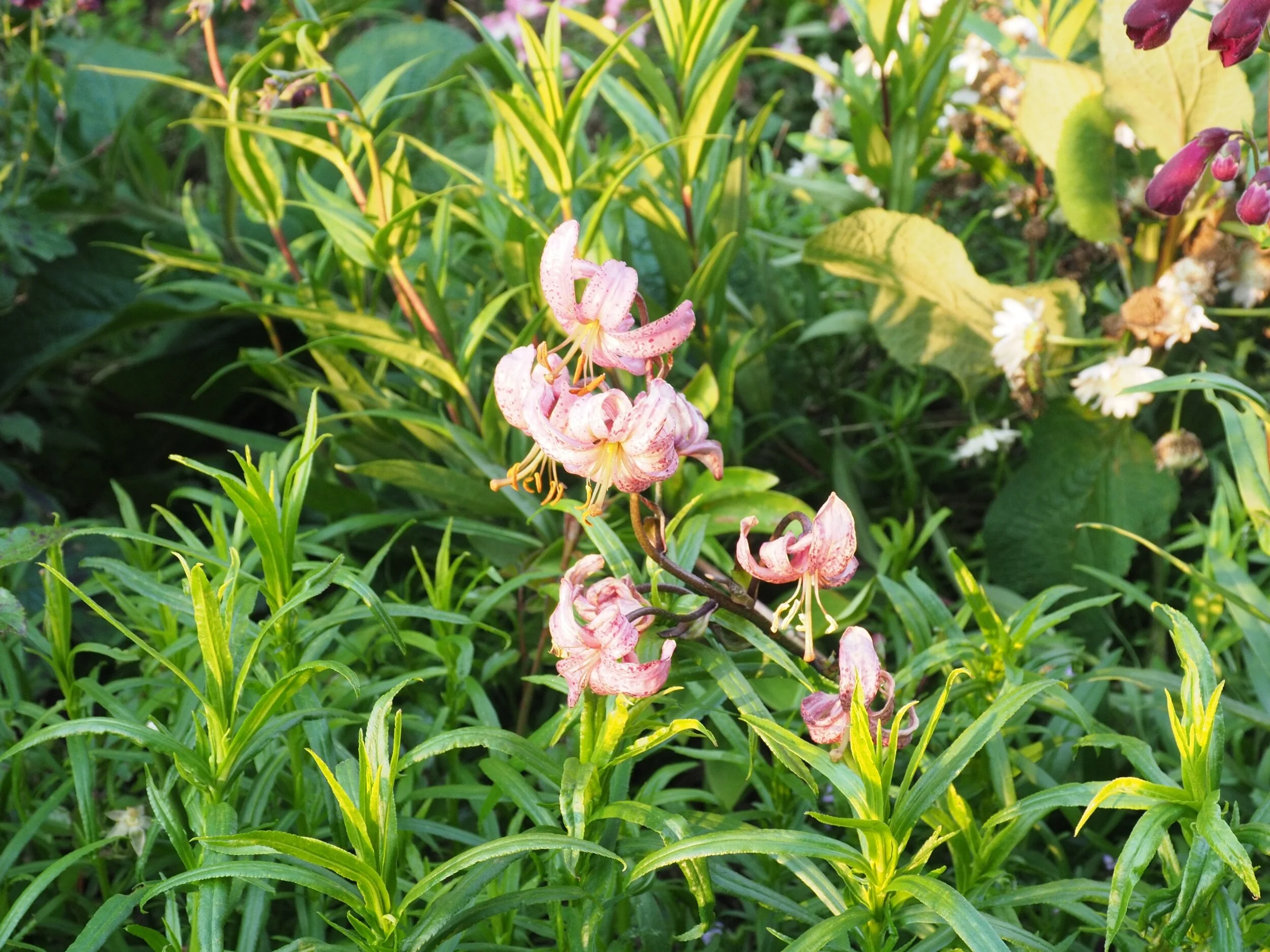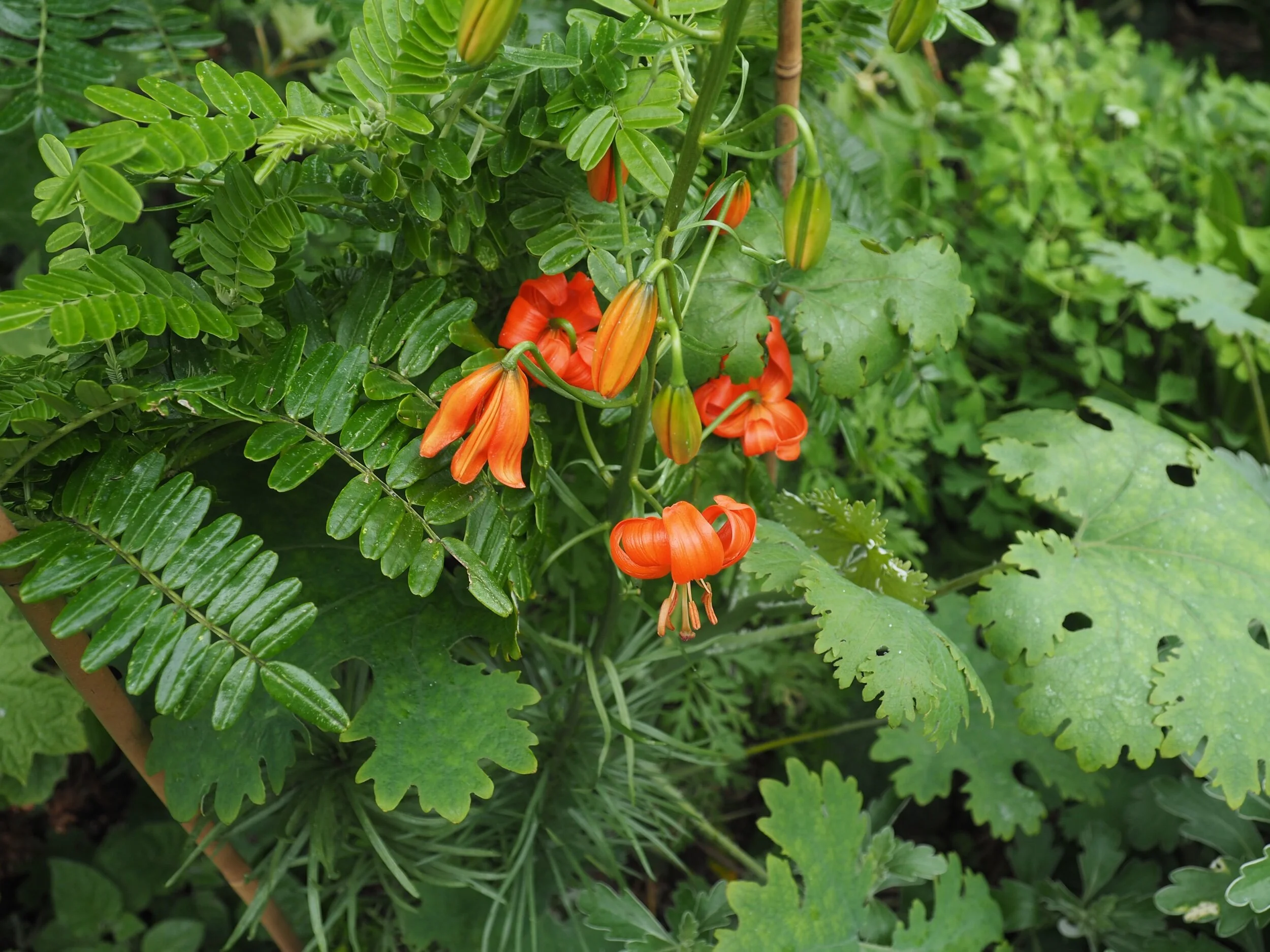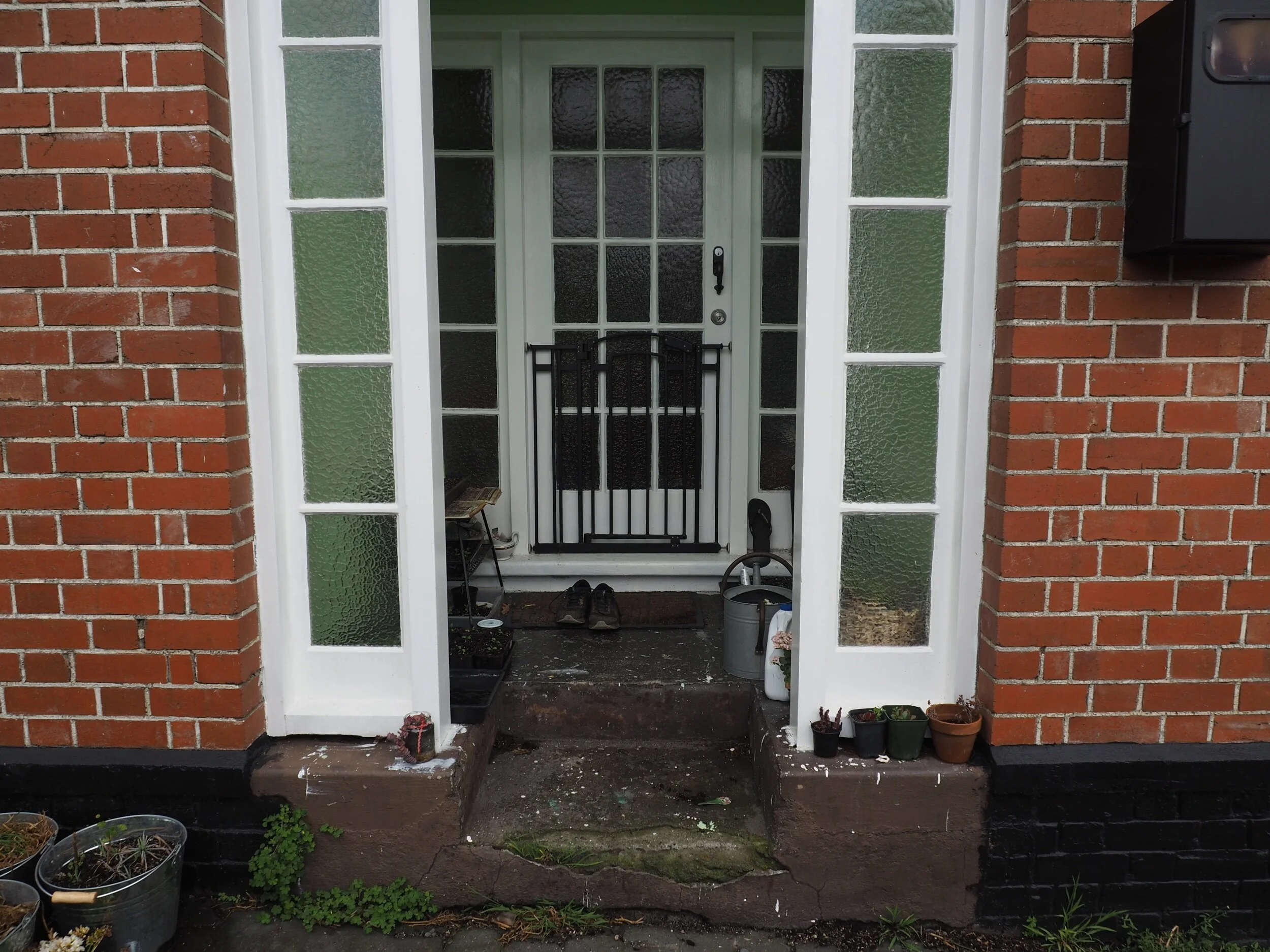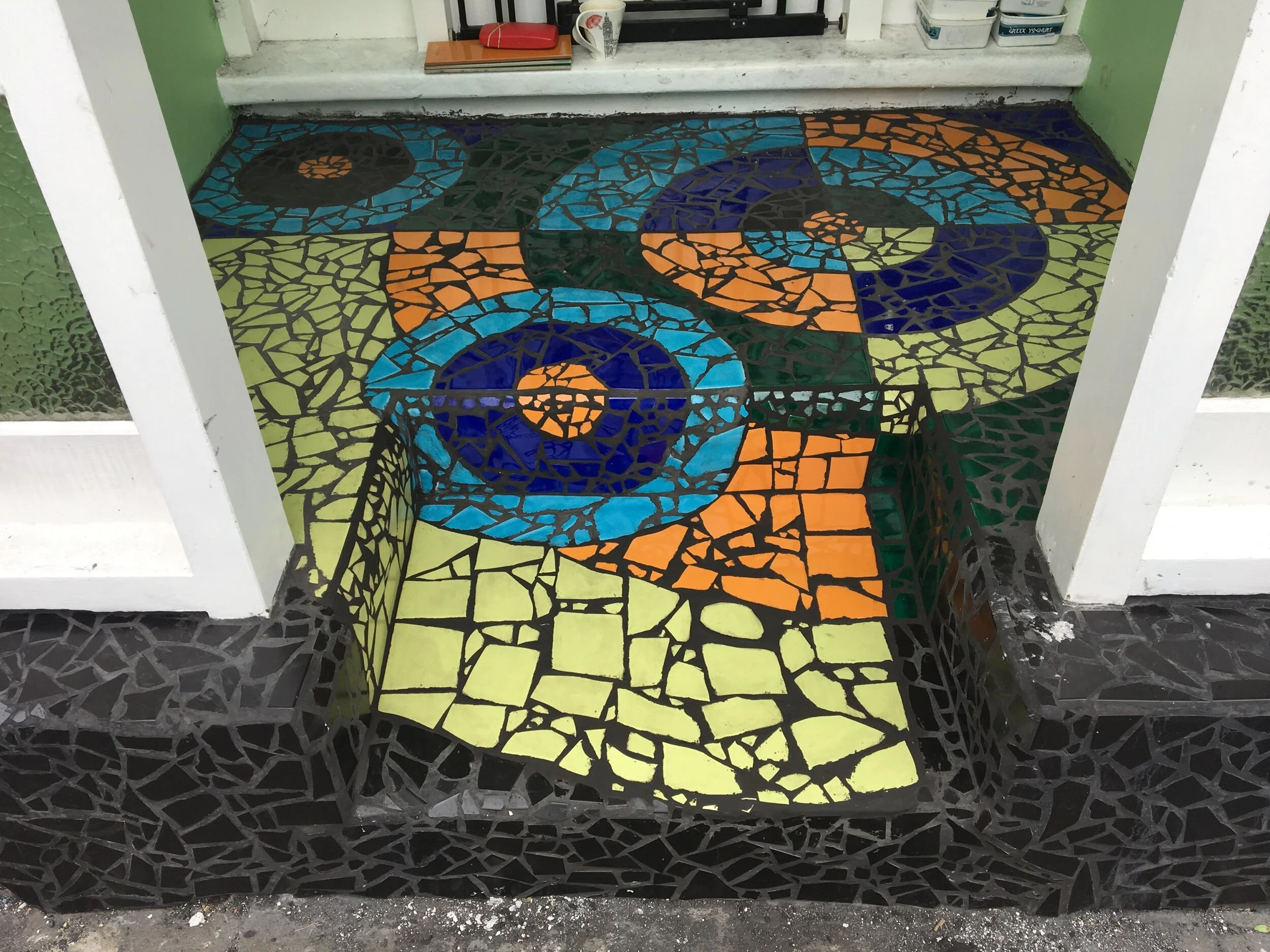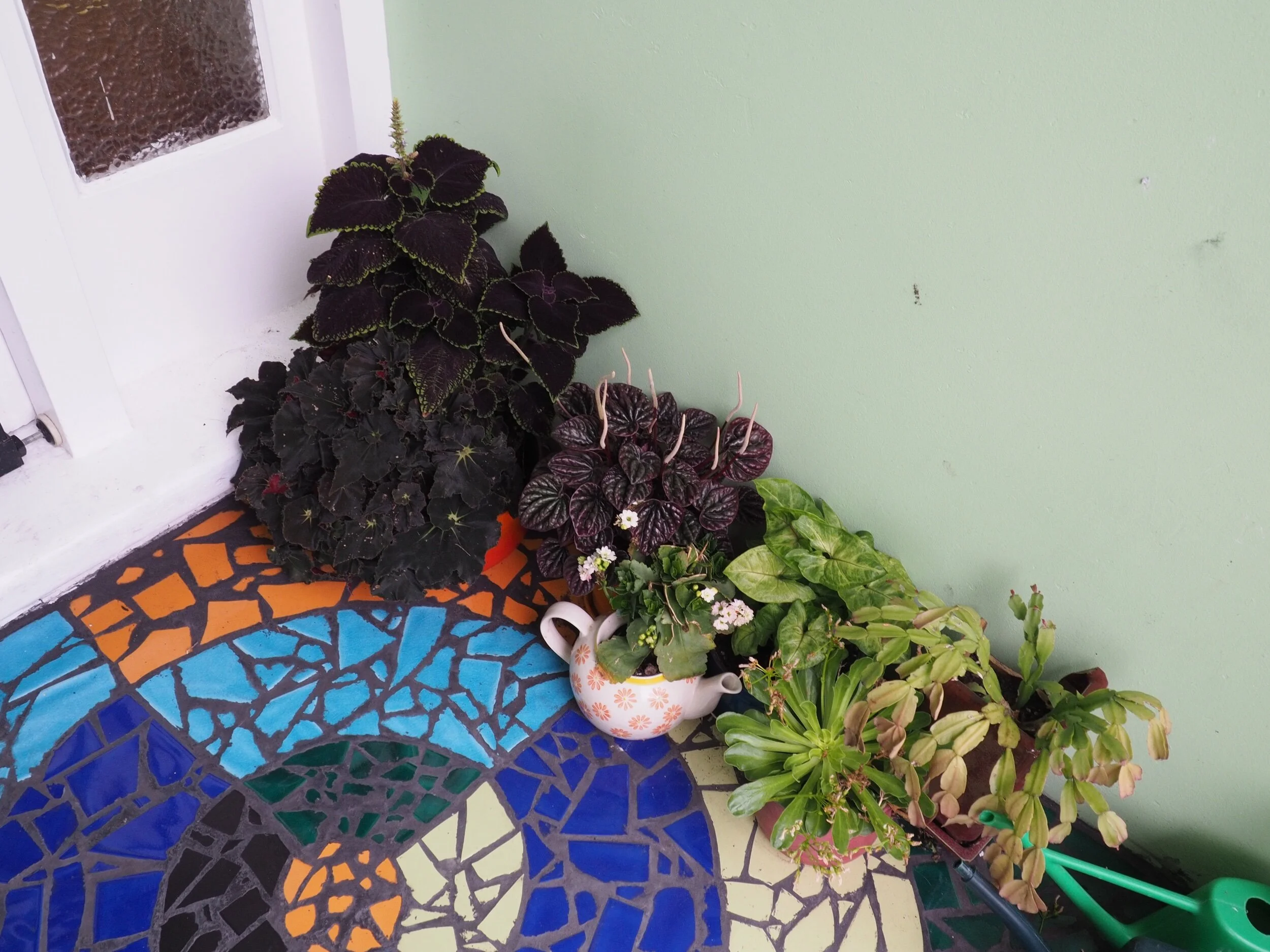We moved a lot when I was a kid.
We followed my dad’s job and his on again off again finances. We changed cars a lot too. When times were good we had a Triumph or something old-fashioned and stylish like a 1950s Citroën or an Armstrong Siddeley. When times were bad we had stupid cars. Cars like the Simca (whose name, Société Industrielle de Mécanique et Carrosserie Automobile, had more letters than the number of weeks we owned it) and the Hillman Imp, which had a faulty gearstick and couldn’t be put in reverse.
One time when finances were catastrophically bad we had a Fiat Bambina. In case you’re not familiar with this particular model of car you might want to imagine a golf cart. A golf cart and a Fiat Bambina are almost identical in size. We were a family of four, two adults and two teenagers and we were driving around in a golf cart. For reasons unknown to a variety of car mechanics the Fiat’s engine would suddenly stop, usually on a motorway or a road without a shoulder. I don’t know if it was an Italian thing but this only happened when my mother was driving.
Luckily I didn’t inherit my dad’s obsession with cars or his impulsive relationship with money. To be fair, his enduring optimism that his bank balance was bottomless is often how I feel about time. I think I have endless amounts of it and conduct my life accordingly. Part of me secretly believes that the 24 hour day is merely a recommended guideline.
This is a long winded way of announcing that my garden blog is changing. It’s changing because I haven’t got enough hours in the day to do all the things I need to do. I might think I’m driving a Citroën Traction Avant 11 B 1956, but it turns out I’m not driving a car at all, I’m pushing a shopping trolley. And that shopping trolley, let me tell you, has a busted wheel and is rusted up - It’s going nowhere.
I’m 51. Soon I’m going to be 52. I really want to get my novel finished before I turn 53. It’d be great if I could write my novel without having to give up writing my garden blog.
So, here’s the new-look, stripped-back, streamlined garden blog. I give you 15 photographs and a little bit of writing. I’d like to think that ‘the ordinary gardener’ will be published fortnightly, but it’s anyone’s guess.
Here are 2 pink roses, one above and one below. The one below is an old rose called de la Grifferaie from 1846. I have two growing in my front garden. The rose above is a cutting of a mystery rose belonging to my friend Ali. The mystery rose looks a lot like de la Grifferaie. I think they’re the same rose. Similar flowers and similar leaves. What do you think?
De la Grifferaie were often used as an understock for old roses (because they’re vigorous and hardy). They often outlived the rose grafted on its top. This is how Graham Stuart Thomas describes de la Grifferaie. ‘Possibly a hybrid of Rosa multiflora with one of the Old Roses, bearing clusters of fully double, pompom-like, magenta-cerise blooms fading to lilac-white, deliciously scented, on long arching branches. The colouring is certainly reminiscent of Gallica Roses, but its frayed stipules and coarse, rounded leaves soon identify it. Nearly thornless. 6 feet by 5 feet.’
This rose has become one of my favourite roses. It only flowers once but it produces so many flowers that it doesn’t matter. My two bushes are still young and small, despite this the plants were covered in blooms. The leaves are lush and plentiful making a pretty shrub in its own right. And the flowers are beautiful with layers of folded petals that change colour and smell divine. And then there’s the green eye in the centre, that dash of lime with lilac-pink petals is perfect.
I often write about my love of orange flowers. Here are 3 orange roses that are growing in my garden. And I think they’re all pretty nice.
Here’s Lady Hillingdon. She’s a climbing Hybrid Tea who was introduced in 1927. Graham Stuart Thomas describes this rose better then I could. ‘This and the climbing form of ‘Mrs Herbert Stevens’ (which I also have) are precious, hardy, vigorous climbing roses in the Tea tradition. A most beautiful plant, with plum-coloured young wood and prickles, darkest green leaves, plum-tinted when young, and gracious flowers, loosely double, from long shapely buds of softest apricot yellow. Delicious fragrance of a freshly opened packet of tea, with a hint of apricots. It is in constant production from midsummer until the frosts stop it, and a wonderful plant for sunny walls, where it will reach some 20 feet, its blooms nodding down at one and shedding its rich scent. It is vigorous and will thrive even on poor sandy soils. Wing-Commander Young, in the American ‘Rose Annual’ for 1956, placed this and ‘Zephirine Drouchin’ right at the top rank for continuous rose production.’
I’ve planted Lady Hillingdon against a west wall where I plan to train it up a now defunct drainpipe.
Here’s one of the best orange modern Hybrid Teas, ‘Matawhero Magic’. It was bred by Sam McGredy in 1998. It has a delicious musky smell.
And here’s Graham Thomas, a David Austin rose, named after Graham Stuart Thomas, famous rosarian and writer of roses. I bought this rose at the end of spring and it’s battling for space with the Euphorbia mellifera behind it. It produced a lot of stunning flowers all at once, but hasn’t flowered since. I couldn’t help but notice, while I was at the Wellington Botanic Garden (WBG) yesterday, that none of the David Austin roses (and there’re many) weren’t very bushy. As in, they hadn’t many leaves (with the exception of Endeavour). I don’t know if this is a characteristic of Austin roses or of the Austin roses at WBG (they don’t spray their roses). I have several Austin roses in my garden and they aren’t bushy either.
I’ve been noticing the leaves on rose bushes a lot recently. I really admire a rose bush with great leaves. And have you noticed what an incredible variety of rose leaves there are, from dainty lacy leaves to great leathery ones and everything in-between.
This year I discovered small upside-down lilies. The pink one is Lilium martagon and the orange one is Lilium pumilum, which is shade tolerant and has wonderful grass-like leaves.
One of the reasons I didn’t post a blog in November was because of the ‘garden trail’. It’s a local garden trail run by the Lions Club who raise money for charity. I volunteered my garden this year. It was a good excuse to buy lots of plants and tidy up unsightly areas. At the last minute I embarked on 2 big projects, mosaicking my front steps and making a vegetable garden at the top of the driveway (more on the veggies another time).
In the photograph above you can see how the front steps looked before I tiled them, pretty bloody ugly. My friend Cheryl, who’s a folk artist and an expert at mosaicking, taught me the craft of tiling. We started on the hardest part, the front of the bottom step, which had broken concrete (so we had to do lots of bogging), lots of weeds and it was vertical (working against gravity). Cheryl started me off and then went to Australia on a holiday. I was on my own.
I had many sleepless nights. I came out in a rash along my arms, either from the chemicals in the adhesive or stress or both. The weather was terrible (there was a lot of wind and rain) and I got sick and couldn’t work for a week. I finished 5 days before the garden trail and then I started on the veggie garden.
I’m really pleased with my design. I didn’t know how the circles would work in 3-D. I had to play around with the perspective a bit and it’s not perfect. I worked out the colours as I went along, apart from the black. I wanted it along the front so that it blended in with the black on the house.
Almost all the tiles are glossy tiles. I wanted matt ones so they wouldn't be slippery in the wet. Tile shops mostly sell glossy coloured tiles for walls and boring matt tiles for floors.
It was really easy to clean grout off the glossy tiles. The greenish-yellow tiles were a nightmare to clean. They’re pool tiles so their matt finish was more matt than matt. That coupled with the pale colour meant that every bit of grout stuck to them and in some cases had to be prised off with a metal scraper. I used a combination of ceramic tiles and terracotta tiles. Terracotta tiles are easy to break with a hammer or tile nippers and the grout dries quickly because they’re porous. Ceramic tiles are very strong and can only be broken with a hammer. They aren’t porous and the grout took longer to dry around these tiles.
I want to turn the front porch into a jungle of houseplants. I want it to look like the hothouse at the Wellington Botanic Garden. I’ve got a long way to go.
Back in the 80s my friend Ali and I took horticulture at school. Our school had a big greenhouse and we grew lots of tomatoes and luffas. We also spent a lot of time taking cuttings from coleus plants and growing them on. We were very dismissive of what we perceived as a plant of the poorest taste, along with begonias. Both of them were nana plants and were reminiscent of dark airless rooms full of nicknacks.
How times change. I love begonias and coleus plants. When grown side by side they remind me of sumptuous medieval clothing in velvet, satin and leather.
This blog is dedicated to my cousin Nick in New York. I was days away from giving up this whole blog thing. It’d become that boring school essay on ‘population growth’, it’d become that person you cross the street to avoid, I stopped saying its name and changed the topic every time it came up in conversation. I’d fallen out of love with it and was starting to hate it. But thanks to Nick’s encouragement I’m carrying on, albeit in a more manageable form.


